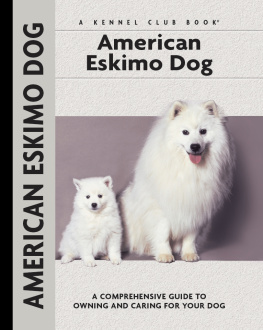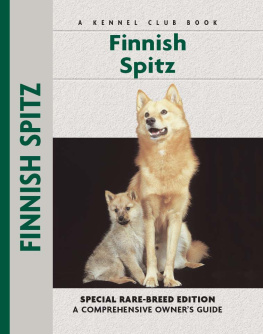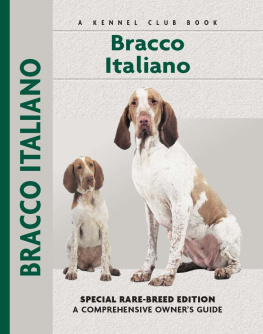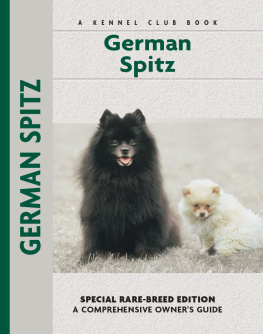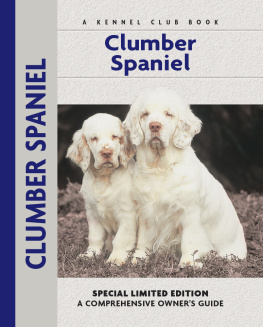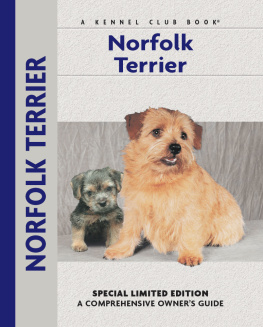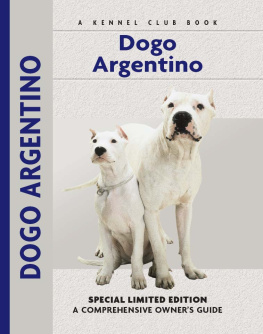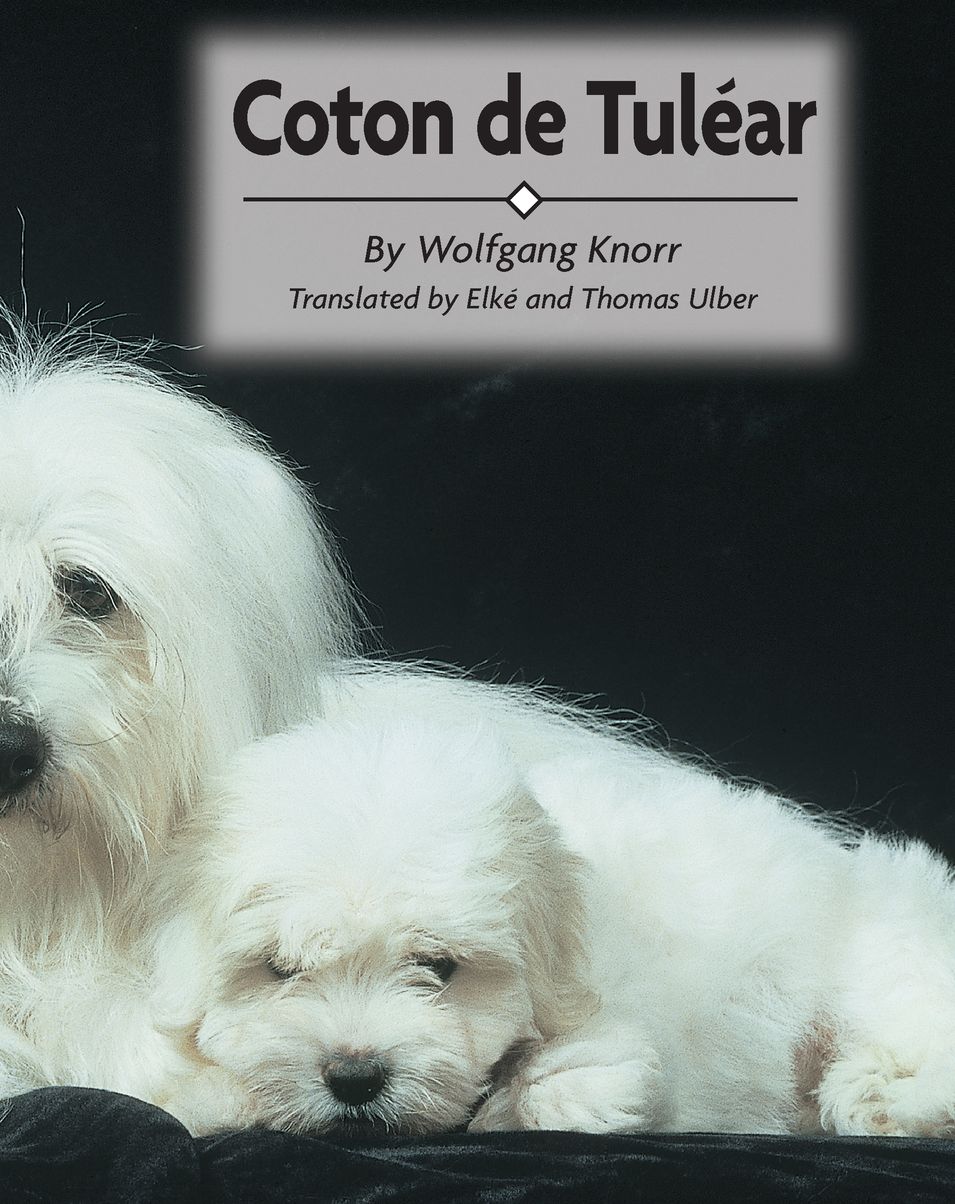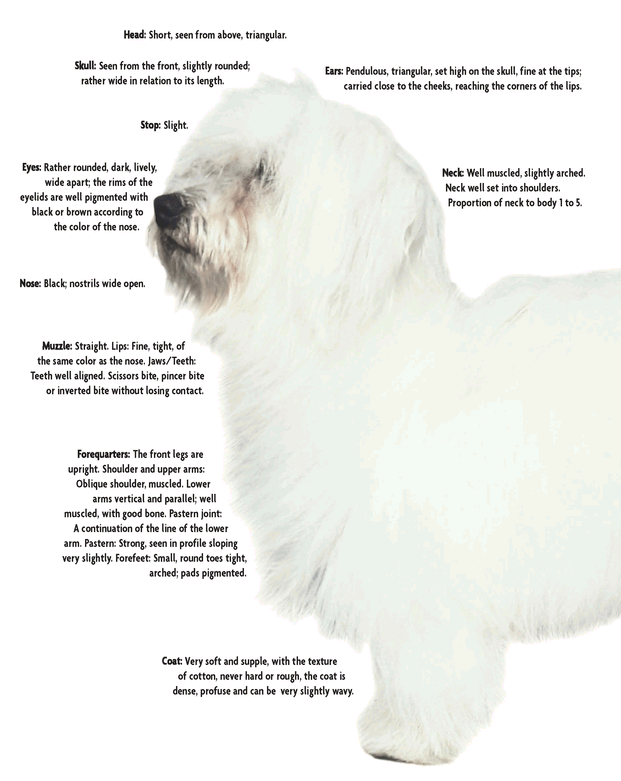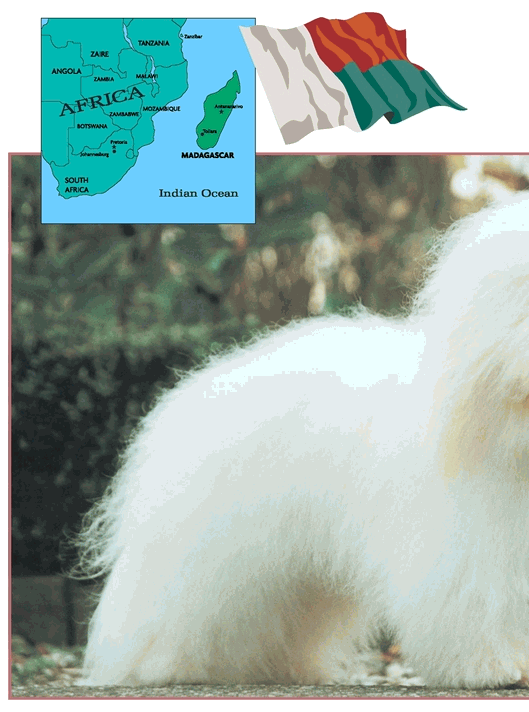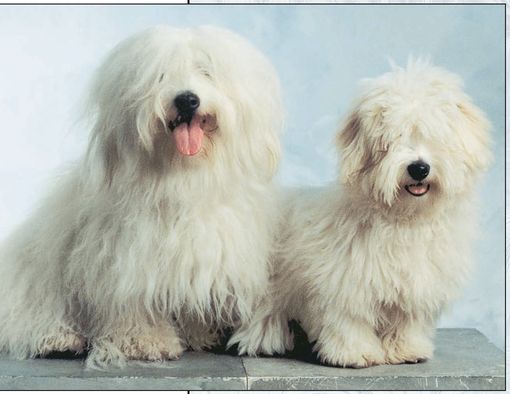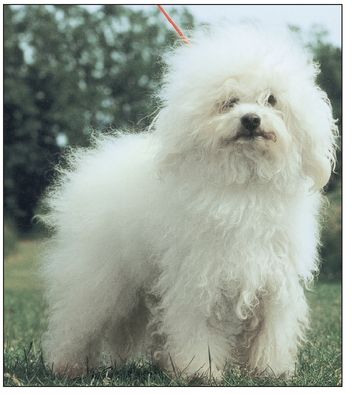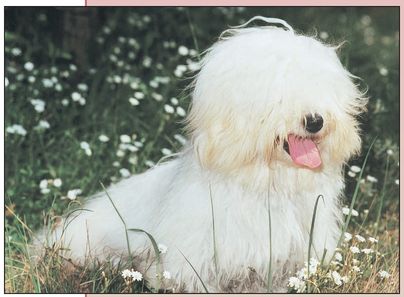Table of Contents
Physical Characteristics of the Coton de Tular
Deriving from Madagascar, the Coton de Tular possesses a cotton-like coat that distinguishes it from most other breeds of dog.
HISTORY OF THE COTON DE TULAR
It is an onerous undertaking to try and describe a dog breed with competence when hardly any literature about the breed can be found, when the documentation that can be found is so sparsely distributed and when the breeds origin is, like that of many other dog breeds, everything but clear. Nevertheless, it is a worthwhile effort to investigate the subject as closely as possible and to introduce a most delightful dog breed, the Coton de Tular, to the readers of this book. Let us therefore try to shed some light on the origins of this breed, a breed that is not even mentioned in most books on dogs.
Many may say, Coton de Tular, what a funny name for a dog! In this case, the name is entirely appropriate. Found principally in the port city of Tular, this is a small Madagascan dog whose beautiful white or nearly all-white coat hasjust like the ripe fruit of the cotton busha texture similar to a wad of cotton wool. The French word coton translates to the English cotton. The texture of the breeds coat makes the Coton stand out from almost all other dog breeds.
SAVE THE COTON!
With the Coton de Tulars being threatened by extinction, the Madagascan government imposed an export stop in 1992.
It is quite obvious that the Coton de Tular is closely related to the Bichon breeds. Its ancestors were probably introduced to the country by Indian troopers who found a new home on the Mauritian island of Bourbon around 1665. The neighboring island of La Runion was home to the Chien Coton, also known as the Havana Silk Dog, and the Madagascan Cotton Dog or Cotton Swab Dog. Both bore a distinct resemblance to the Maltese, the Tenerife dog (todays Bichon Frise) and the Bolognese.
With its numerous ports, Madagascar, which later became the native country of the Coton, used to be a popular center of trade for many seafarers and merchants. These travelers often carried small dogs of the Bichon type on board their ships, where the dogs earned their keep as undemanding terminators of mice and rats. In the process, these dogs reached ports around the globe.
Our Coton de Tular is presumed to have evolved from these small Bichon-like native dogs, but what explanation is there for the variety of colors that can be found in the breed? Todays Cotons have the blood of the same ancestors as todays other Bichons, which clearly explains their white coat and their body shape. The original Bichons mingled with some stray terriers on the island, which placed a little terrier time bomb in the white fluff and accounts for the Cotons inability to resist going after the neighbors poor chickens! More precisely, it was Bedlington Terriers brought along by the French colonists that contributed the Cotons arched back, longer legs and the two skin colors: gray and pink.
Italys Bichon breed, the Bolognese, is similar to the Coton and seen in a coat of pure white.
MADAGASCAR, A LOST PARADISE
Madagascar is referred to as a bridge between two worlds, those worlds being Asia and Africa. It is an idyllic island, covering 581,540 sq km (about 224,500 square miles) of land surface with about 4,828 km (about 3,000 miles) of coastline and a range of climatic zones. It is marked by a many-tiered society. At present, the island is inhabited by some 15 million people, which averages to only about 25 people per square kilometer.
A southwestern trade wind, blowing in from the Indian Ocean, favors tropical rainforests, which are, however, under severe threat from human activity. Large areas are therefore now covered merely with scrub. The weather is dominated by the monsoon during the summer months, which makes way to winterly trade winds in the western lowlands. All central regions are marked by a pleasantly warm climate, while the south of the island presents itself rather arid.
The island is home to unbelievably diverse flora and fauna, the latter including a wealth of colorful butterflies, crocodiles, lemurs (small monkey-like primates) and the largest and smallest chameleons on earth. A visit to this eldorado creates the impression of walking straight through a book on evolutionary history. The towns may be peppered with scattered cornfields, manioc shrubs and banana plants, with shade being offered under the wide umbrella crowns of huge mango trees. The rich green of the lush vegetation is only enhanced by the purple-red flowers of the famous flamboyant trees.
The fact that temperature never drops below 68F (20C) here offers a plausible explanation for the light and airy coat of the Coton de Tular, despite its being most certainly not an original inhabitant of this dream island, but rather evolving from Bichon-like predecessors.
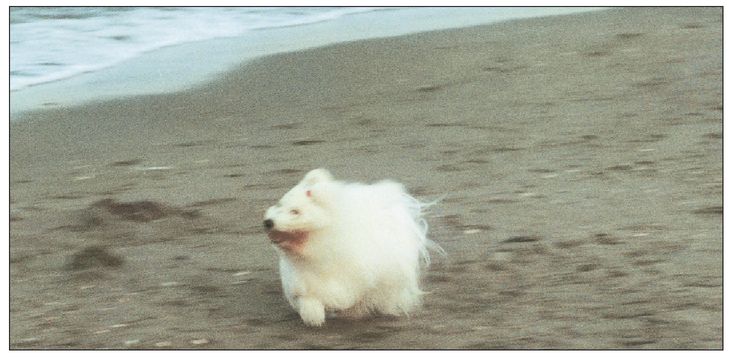
Viktoria Deaks Yatiare of Woodland Cottage is an 18-month-old bitch.
RECOGNITION IN EUROPE
The Coton de Tular was recognized by the Fdration Cynologique Internationale (FCI) as a distinct breed of Madagascan origin. It is a relatively new breed in terms of FCI recognition, this occurring in 1970. In Europe, the first Cotons appeared around 1975, when breeding with Cotons imported directly from Madagascar commenced in France. The breed was extremely rare and practically unknown to the public. The first three pups were entered into the French breeding register in 1976. By 1984, their number had increased to 192 pups, while at the same time only 15 specimens were known to exist on Madagascar; these had all been appraised by a recognized judge.
Madagascar was also home to a large number of Papillons bred in Belgium. These dogs were tricolored in ginger, black and brown and may be responsible for some ears found in the Coton that tend to stand erect or are upright in the fashion of the Collie with the tips turned down.


